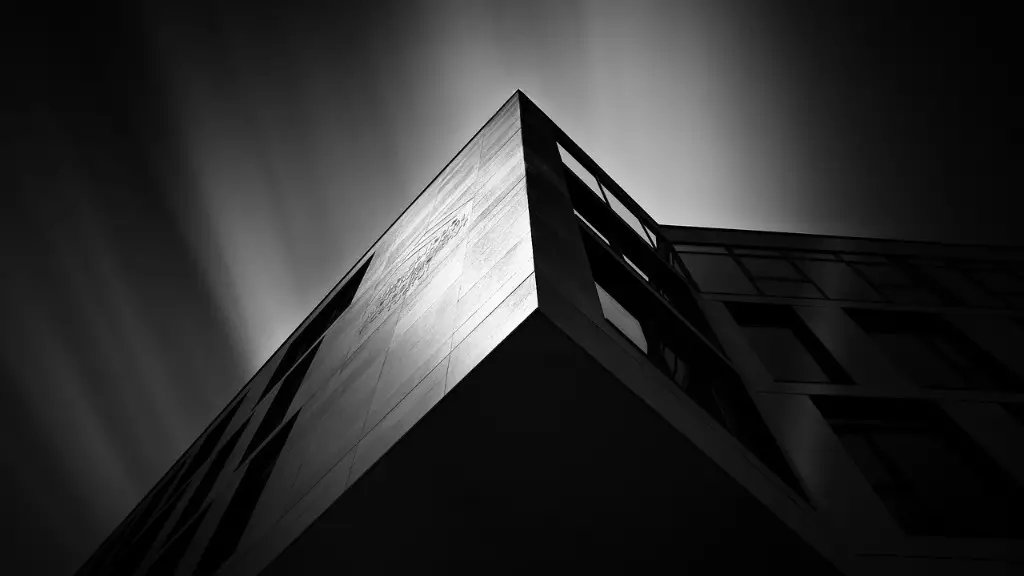What Are Technical Drawings in Architecture?
Technical drawings in architecture are documents that show information about design, materials and construction techniques, often in the form of plans, elevations, sections and details. They are used as important communication tools between architects, clients and builders as they give all parties a clear understanding of a building’s design intent, construction techniques and materials’ specifications needed to make it a reality.
Technical drawings may also include drawings of the electrical, plumbing and other services that are usually required, as well as structural components such as beams and columns. Additionally, they may include detailed schematics of built-in furnishings, light fixtures and other interior elements.
In the past, technical drawings were prepared by hand, but today they are usually done on computer-aided design (CAD) software. This allows them to be shared more easily to different stakeholders and is necessary for very large projects.
The Purpose of Technical Drawings in Architecture
The purpose of technical drawings in architecture is to give a detailed picture of a building before its construction in order to avoid mistakes and costly delays. By providing this additional information, architects can ensure that everyone involved in the project – from designers to engineers to contractors – have a clear understanding of the design process and of the building in its entirety.
Technical drawings are also important for understanding the architectural form and spatial arrangement of a building, as well as for ensuring that the building is constructed to best practices and standards. This is important not only to ensure the safety of the occupants, but also to ensure that the building is as efficient and comfortable as possible.
Types of Technical Drawings in Architecture
There are various types of technical drawings used in architecture depending on the project and the goals of the design. Generally, common types of technical drawings are:
- Site Plans – Shows the proposed building in relation to its site and surrounding context.
- Floor Plans – Shows the layout of the floor of the building.
- Elevations – Shows the exterior of the building at different points.
- Sections – Shows the interior of the building at different cross sections.
- Details – Includes a variety of refined drawings of specific components and materials.
The Quality of Technical Drawings
The quality of technical drawings in architecture is essential in order to communicate project requirements accurately and effectively. Generally, they should be kept clean and neat, while also paying attention to details such as line weights and shading. As technology has progressed, the quality of technical drawings has become increasingly important, as sophisticated software programs allow for more accurate plans to be created when compared to manual drawings.
Benefits of Using Technical Drawings in Architecture
There are many benefits of using technical drawings in architecture. In addition to improving communication and accuracy, they can also help save time and money. By providing clear and detailed information about plans and materials, technical drawings can help to minimize misunderstandings, minimize alterations, and speed up the approval process.
Additionally, technical drawings are increasingly being used in virtual reality and augmented reality models, allowing the user to gain a better understanding of how the building will look and feel in its three-dimensional form.
The Significance of Technical Drawings in Architecture
Technical drawings are essential in architecture, and they play an important role in the design and construction of a building. Not only do they help to ensure a building is up to code and that materials are specified accurately, but they also help to ensure that the design process is efficient and clear.
Technical drawings are also an integral part of digital models, allowing the user to gain a better understanding of how the building will look and feel once it is complete. By providing clear and detailed drawings, architects can ensure that all stakeholders have an accurate representation of their vision before construction begins.
How Technical Drawings Are Used In Practice
In practice, technical drawings serve as an important communication tool between the various stakeholders of a project. They are used in the bidding process to accurately convey the scope of the project and they are also used to ensure materials are accurately specified.
Additionally, they help ensure that all stakeholders understand the design intent of the project and can collaborate more effectively as a result. Finally, they are also used in virtual reality and augmented reality models to help visualize the design in three dimensions.
The Role of Building Information Modelling In Technical Drawings
Building information modelling (BIM) is a digital technology that is increasingly being used alongside traditional technical drawings. BIM allows for detailed models to be created that include information about components, materials and assemblies. This technology is increasingly being used to create detailed drawings more quickly and accurately, as well as to improve communication between stakeholders and increase overall efficiency in the design and construction process.
The Future of Technical Drawings in Architecture
The future of technical drawings looks bright. As technology continues to improve, architects and contractors are increasingly able to create more detailed and accurate drawings with less effort and cost. Additionally, the use of virtual reality and augmented reality has made it easier to visualize the design in its three-dimensional form.
Furthermore, the use of BIM has allowed for more advanced and detailed drawings to be created more quickly and accurately. As the technology continues to improve, technical drawings will become even more important in the design and construction process.
The Safety Implications of Technical Drawings in Architecture
Technical drawings play an important role in the safety of a building, as they allow for more accurate specifications of materials and encourage adherence to safety regulations and best practices. This is especially important in large and complex projects, as any mistakes made could have serious implications for the safety of the inhabitants.
Additionally, technical drawings help to ensure that materials are properly specified and ordered ahead of time, minimizing any delays due to orders not arriving on time or incorrect materials being delivered.
What Architects Need to Know About Technical Drawings in Architecture
Architects need to have a good understanding of how to use technical drawings in order to effectively communicate their design intent and ensure that the building they are designing is safe, up to code and built as intended. As technology evolves, architects need to be sure to stay up to date on the latest technologies and software being used in the architectural industry.
Additionally, architects should pay attention to the clarity and quality of their technical drawings. This includes paying attention to line weights, shading, materials and specifications. By doing this, architects can ensure that all stakeholders have a clear understanding of the project and that any potential misunderstandings are minimized or avoided altogether.


